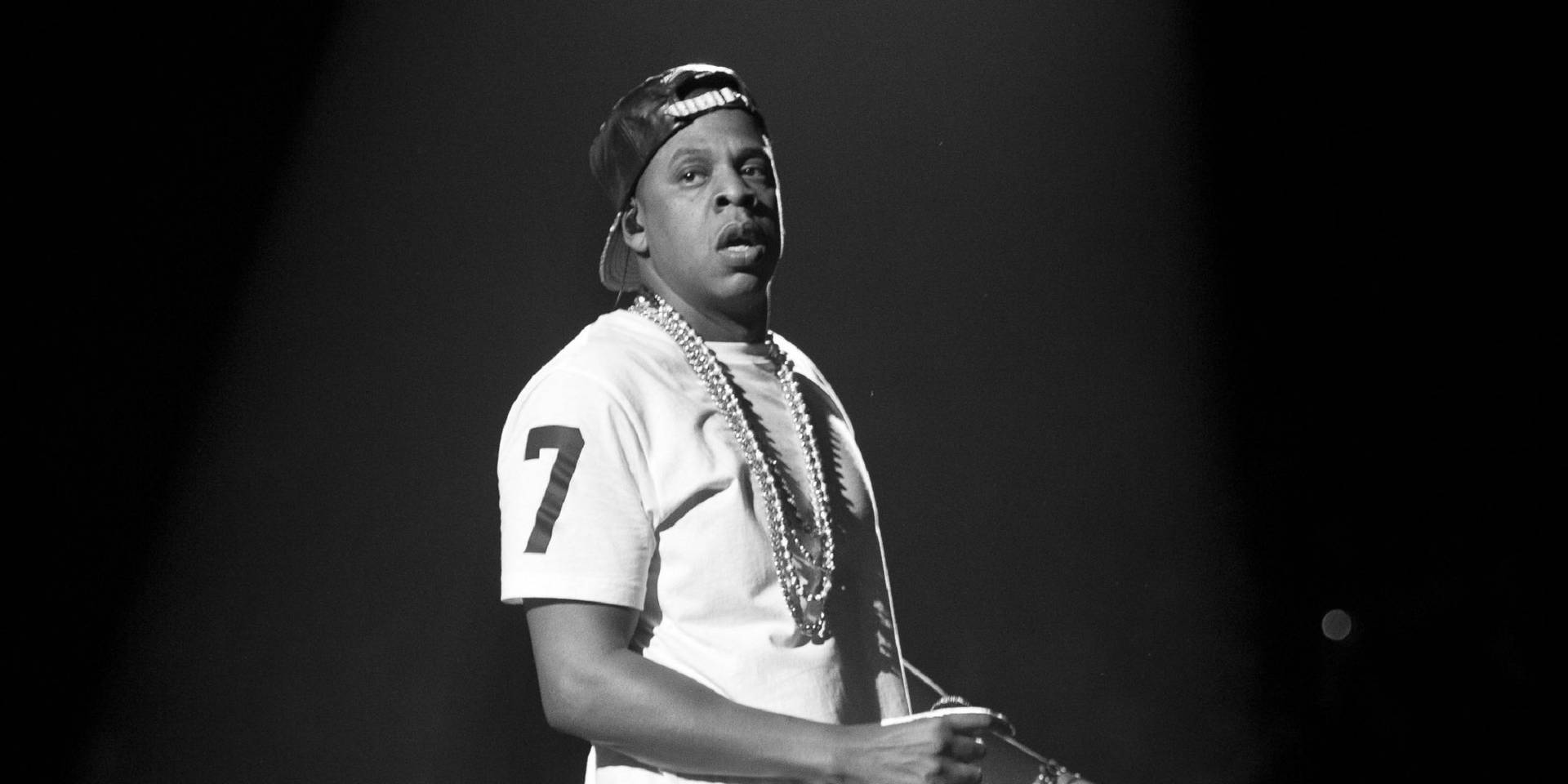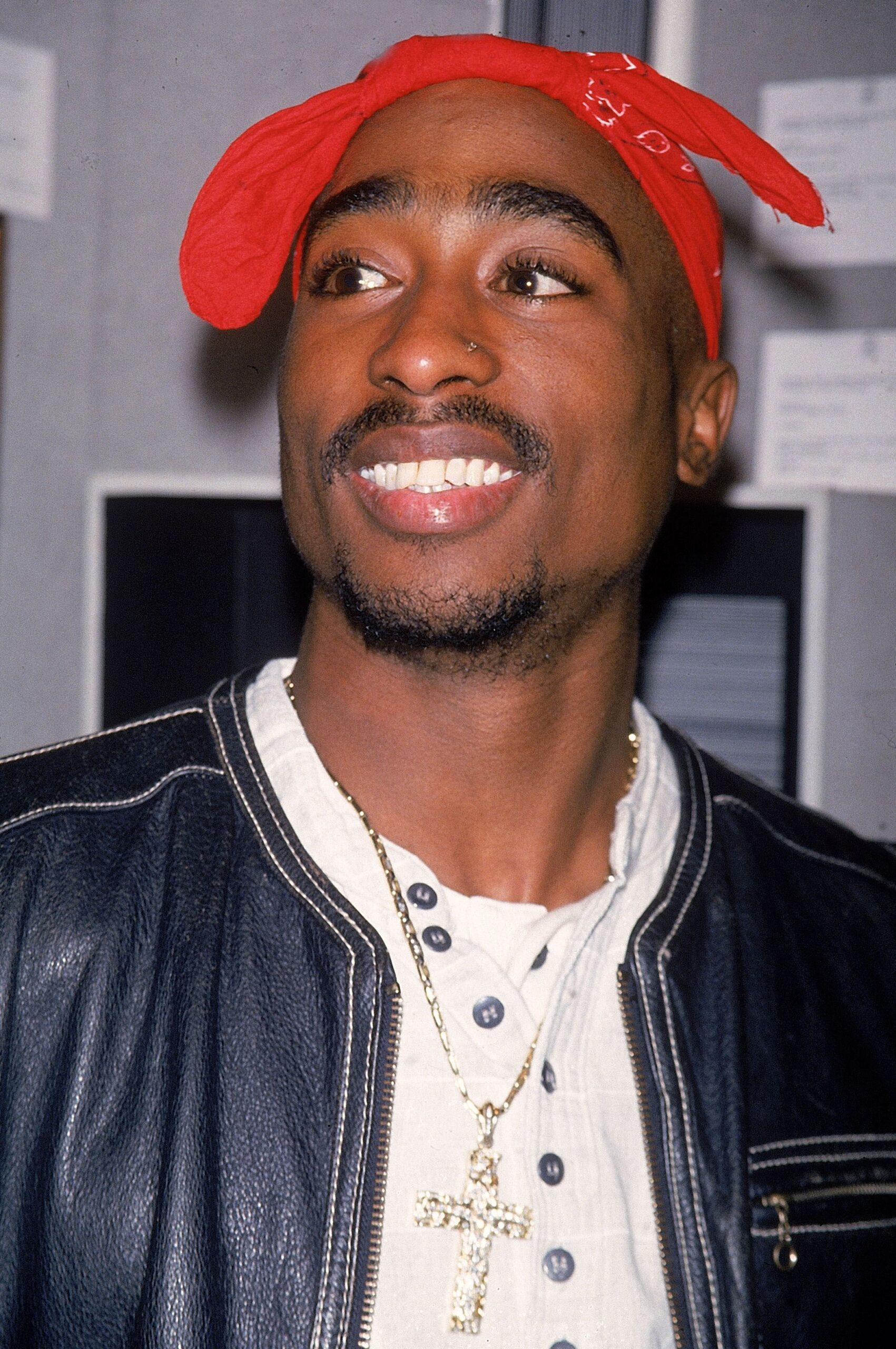
Introduction
Supreme, the iconic streetwear brand, has transcended its origins as a skateboard shop in New York City to become a cultural phenomenon that influences fashion, art, and lifestyle worldwide. Founded in 1994 by James Jebbia, Supreme has established itself as a staple in contemporary streetwear by merging bold designs with limited-edition collaborations and a strong community ethos. Understanding the significance of Supreme helps to contextualise the evolution of urban fashion and youth culture over the past few decades.
The Rise of Supreme
Initially, Supreme catered primarily to the skateboarding community, providing high-quality apparel and accessories that resonated with youth culture. However, the brand’s strategic collaborations with renowned artists, designers, and even luxury brands have propelled it into a wider mainstream consciousness. Notable collaborations include partnerships with the likes of Louis Vuitton, Nike, and contemporary artists like Damien Hirst. These limited drops create an aura of exclusivity, driving demand and transformation in consumer behaviour within the fashion industry.
Supreme’s Cultural Impact
The brand’s influence extends beyond mere fashion; it has become a symbol of counterculture, embracing the spirit of rebellion that resonates deeply with its followers. Supreme’s distinctive red and white box logo has become iconic, representing not just a brand but a lifestyle associated with individuality and non-conformity. This cultural significance is reflected in the massive resale market for Supreme products, with some items selling for exponentially higher prices than their original retail value. For example, a Supreme x Louis Vuitton duffel bag that retails for $3,000 can sell for over $10,000 in secondary markets.
Current Events and Future Prospects
In recent months, Supreme has continued to innovate with drop designs while also addressing social issues through its collaborations. The brand recently released a collection supporting awareness for climate change, which illustrates its ongoing relevance and responsiveness to global issues. Their ability to continuously engage a diverse audience through inclusive collections and partnerships with various social causes could be an essential part of their strategy moving forward.
Conclusion
Supreme’s journey from a small skate shop to a global streetwear leader is a testament to the power of branding, cultural engagement, and the dynamics of consumerism in today’s world. As the fashion industry continues to evolve, Supreme’s influence will undoubtedly remain significant, acting as a beacon for future streetwear brands aiming to carve out their space in a competitive landscape. For readers interested in fashion trends, understanding Supreme’s impact on youth culture and fashion is crucial, as its influence likely points towards the future directions of the industry.
You may also like

Jay Z: The Evolution of a Music Legend

Harvey Weinstein: A Timeline of Legal Troubles and Impact
